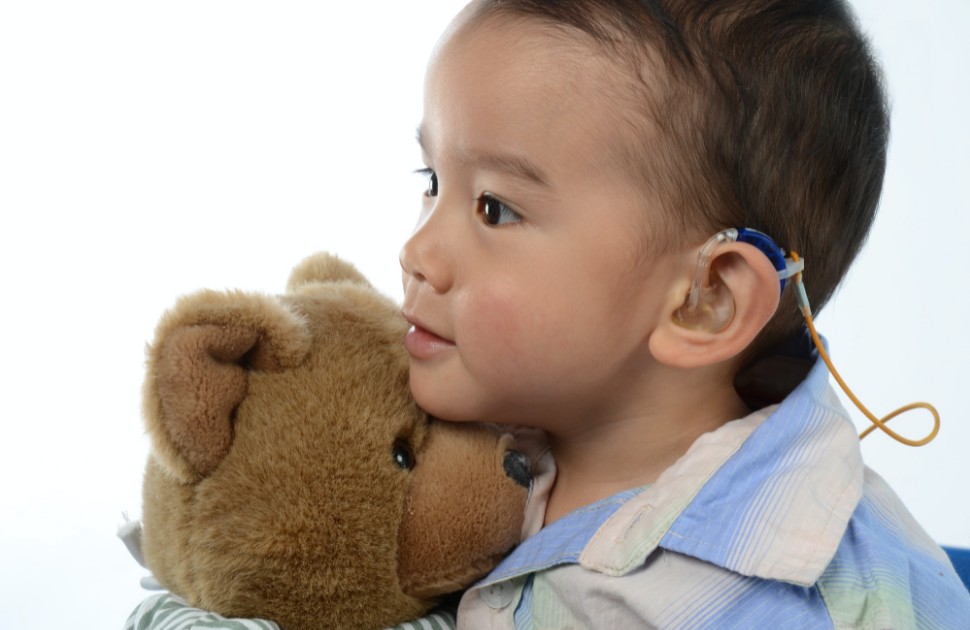Torticollis happens when a muscle in the neck (sterno-cleido mastoid muscle) is shorter or weaker.
Below you will find resources to help you better understand, cope with and/or support someone with torticollis.
| Pamphlets |
|
Physiotherapy for left torticollis Physiotherapy for right torticollis You are free to copy and redistribute these materials in any medium or format. This work may not be used for commercial purposes. View the full Creative Commons license. |
Disclaimer
These resources are for educational purposes only. If you have any questions, ask your health-care provider.





